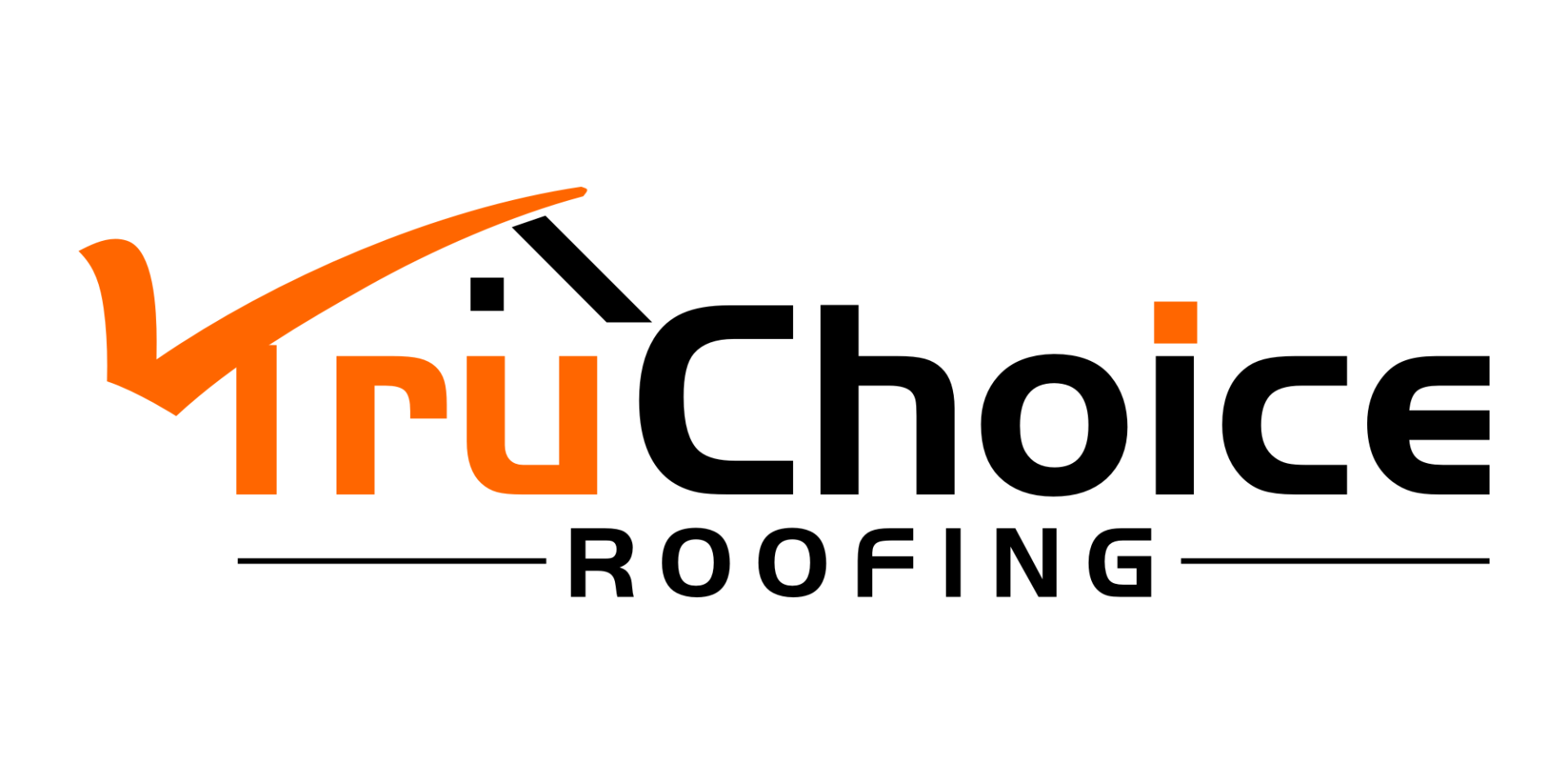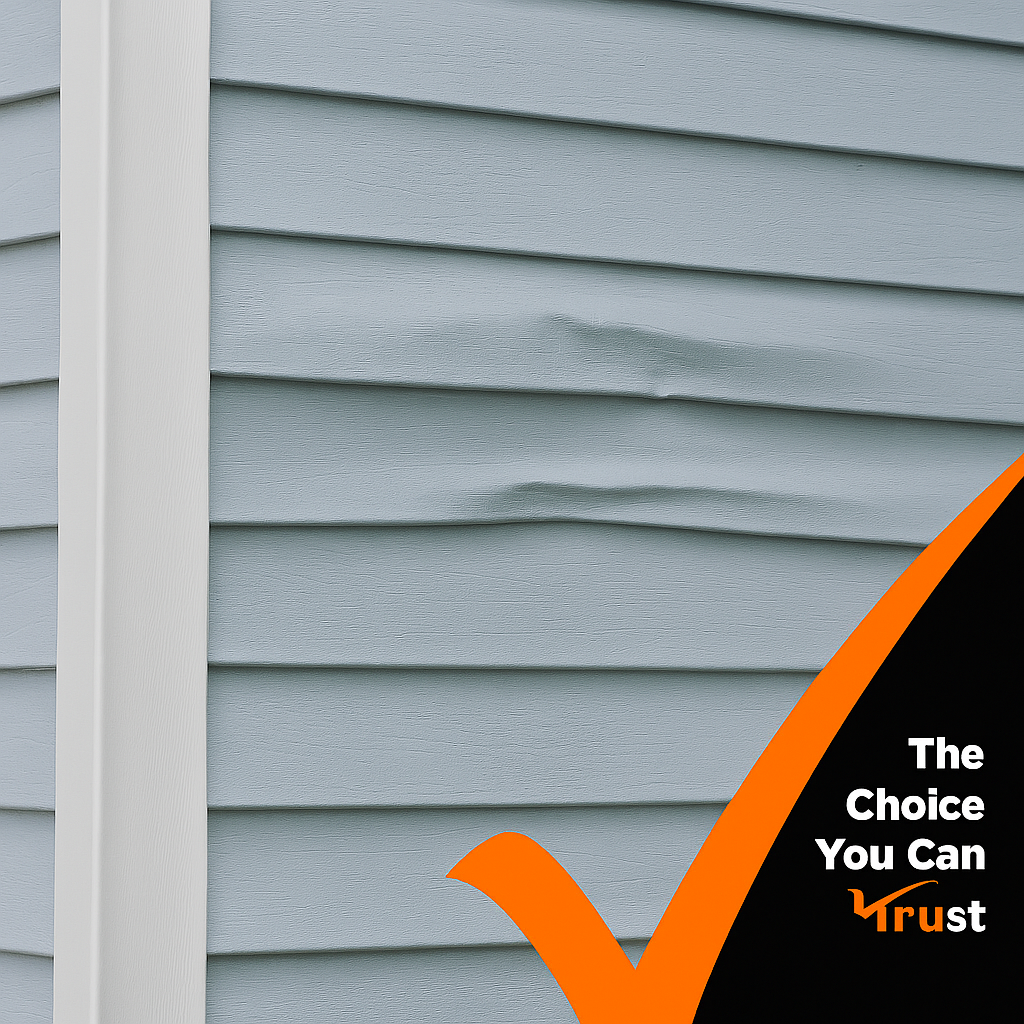Roof Revival: A Guide to Dealing with Algae on Shingles
Roofs last from 25 to 50 years on average. How long your roof lasts depends largely on the material.
For example, asphalt shingles can last up to fifty years. Metal roofing can survive for a century with good care. Each material has pros and cons, but they all grow roof algae.
You can find algae on roof shingles of all types - even metal. Green growth on your roof looks bad and it also damages roof integrity. But what can you do about it?
Homeowners can revive their roofs by cleaning from their roof shingles. Keep reading, and we'll discuss roof algae, what it is, how it happens, and how to remove the substance from your roof.
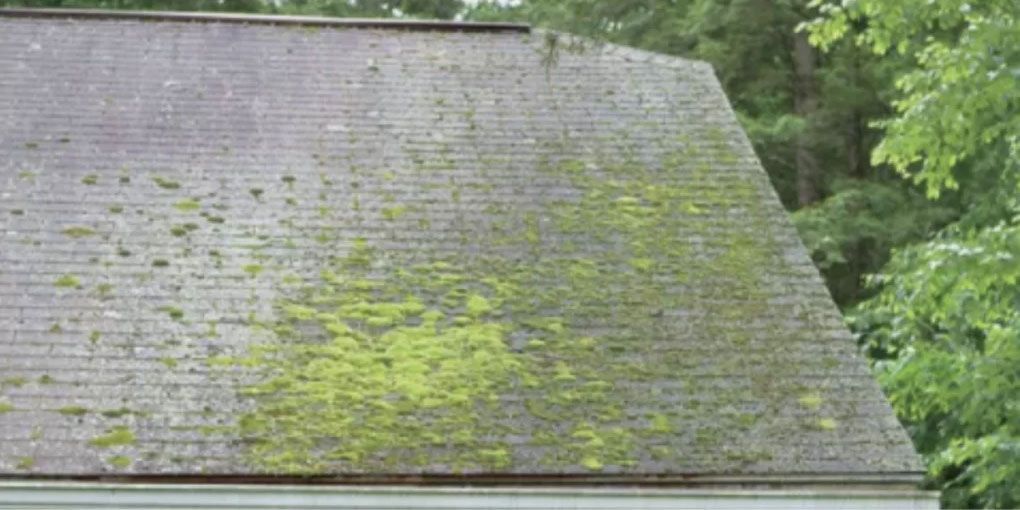
What Is Algae?
Algae, or Gloeocapsa Magma, is a non-flowering aquatic plant without roots or leaves. Technically, algae isn't good or bad on its own. They provide 70% of the world's oxygen and can consume oxygen in a water body.
Roof algae is an autotrophic organism because it can produce food from raw materials and energy. Specifically, the aquatic plant uses photosynthesis to create energy.
Algae Vs. Mold: What's the Difference?
The tricky thing about algae is it takes various forms. Algae can present as carpet-like, green growth on roofs, but can appear as:
- Blackish-green streaks
- Green and white spots
- Round lichens
- Mosses
People often confuse the green and white spots and blackish streaks for mold. Both harm your property, but algae are less detrimental to people; it's a cosmetic issue. Remember, algae is a plant, and mold is a fungus.
Algae eat limestone granules on top of shingles and organic materials on rooftops. Mold consumes nutrients from its surroundings. Algae grow in wet (or humid) sunny areas, while mold prefers humid and woody areas.
Mold is usually black, but can come in various colors, like brown, green, and gray. The fungus manifests in rapidly growing patches and can appear slimy. Algae can take on many plant-like appearances.
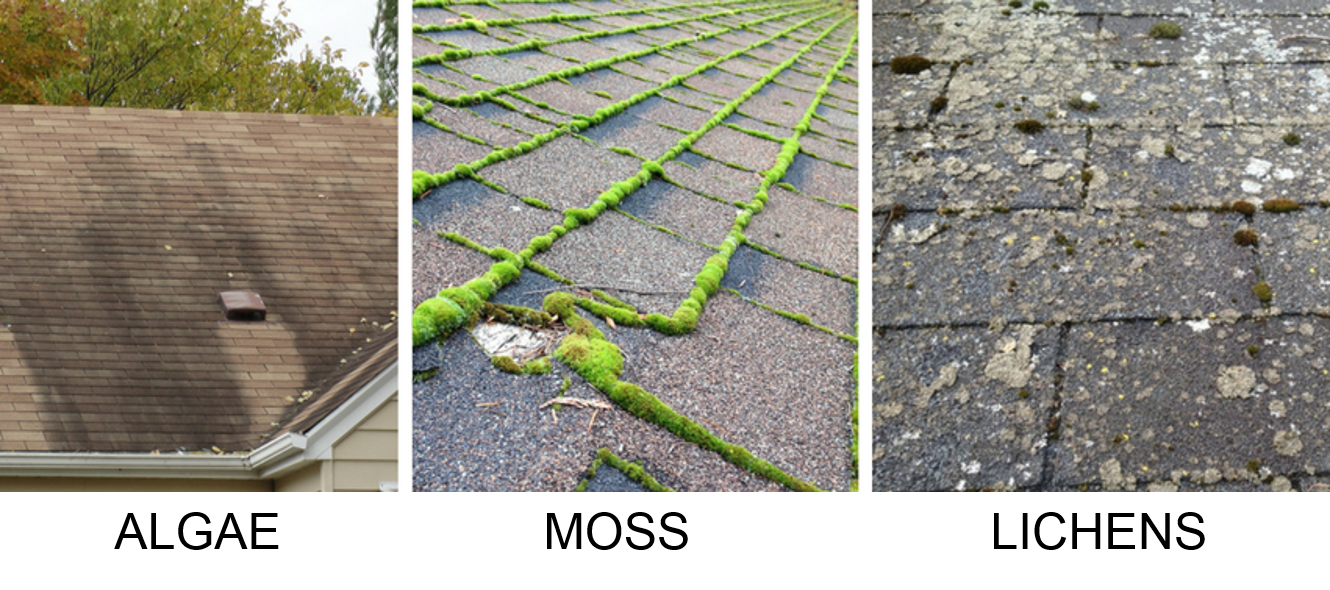
What Are the Causes of Algae on Roofs?
As we said, the roof algae likes sunny areas. Plants need photosynthesis to grow, but certain algae don't like direct sunlight.
Some grow better in shady areas because it helps them retain water better. This is why the plant grows under trees and in the direct sun. It's not picky about where it roosts.
Roof algae don't have roots. So the spores don't burrow into your roof. Rather, they consume water and attach to organic materials there. Say there was a storm recently, and your roof is still somewhat saturated.
A single spore can blow onto your roof and start absorbing the water. There are two ways these algae spores glue themselves to your shingles. The first is via limestone granules on the asphalt shingles.
The second way algae grows onto your roof is by other organic materials. Leaves, twigs, and dust are great fuel for the water plant.
The algae spore soaks up the stormwater and uses limestone and organic material to grow. The more sunny (or shady) your roof is, the better the algae's chances are to spread across the roof.
Porous roofing materials and poor ventilation can also promote algal growth. Porous roofing makes it easier for shingles to hold water, and for the spores to reach the limestone granules.
Improper ventilation increases humidity, which creates more water for the algae to feed on. You should know metal roofs can grow algae too. Like with asphalt shingles, the spores attach to debris, dust, and water on your roof.
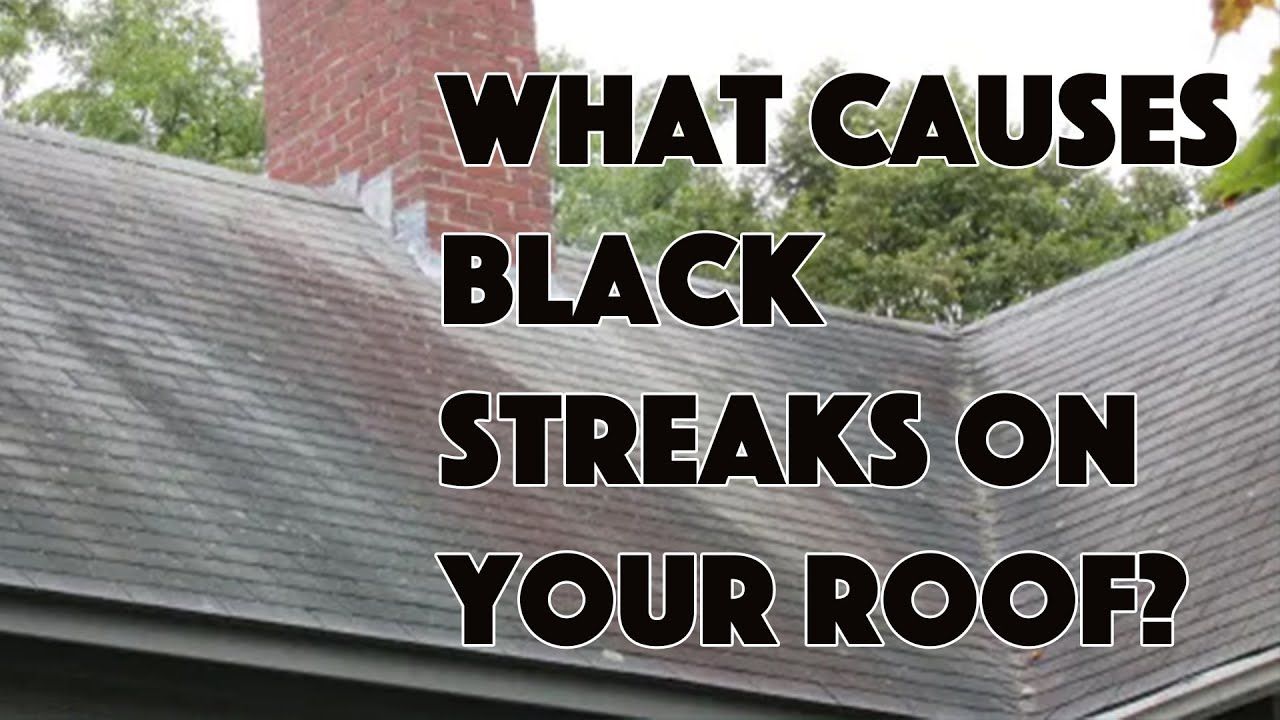
Is Roof Algae Harmful?
Roof algae can harm your house's aesthetic. Your roof is the most visible part of your home. Imagine how off putting long swaths of blackish-blue streaks look from the road.
Regardless of what form your roof algae takes, it gives the impression your home is dirty and neglected. Neighbors may think you don't care about property upkeep.
Roof algae reduce curb appeal, which can lower property values. People often don't want to pay for unattractive homes.
It's also difficult to remove roof algae if left for too long. The longer you leave the issue, the harder it is to return your roof's original features.
Does Algae Damage Roof Shingles?
Algae does more than make your roof look bad. It consumes the limestone inside your asphalt shingles to survive. Unfortunately, this survival instinct presents itself as "scarring."
These scars happen when sections of granules disappear from shingles due to algae consumption. The scarring doesn't help your home's aesthetic appeal, but the issues go beyond an ugly roof.
Once your shingles lose enough granules, they'll start to weaken and break down. It may sound dramatic to claim losing a thin layer atop your shingles will destroy them. But this uppermost layer offers a lot of protection.
These granules help keep the asphalt shingles together and attached to your roof. Shingles begin to fall off more easily without this grainy layer.
The top granule layer keeps UV radiation from harming your roof. Constant exposure to sunlight would destroy your roof within a few years.
There's also the issue of what happens to the granules. Algae eat away at many, but plenty fall into the gutters and clog them. Clogged gutters can lead to pooling water, foundational issues, and flooded basements.
How Does Algae Affect Roof Integrity?
Algae, unlike mold, isn't a fungus, but it can merge with fungi to create lichen. We mentioned lichen earlier, as a type of algae. But it's more like an advanced form of the water plant.
Lichen occurs when you don't clean algae quickly, and is more difficult to remove. This is unfortunate because lichen grows into moss, which takes root under and between your shingles.
Moss makes it easier for water to enter your roofing system. This weakens the structural integrity of your roof via wood rot. The rotting also creates weak spots and leaks that enter your home.
Moisture trapped by algae, lichen, and moss can introduce mold and mildew - fungi that can harm you and your family.
Water trapped in your roofing system and moss roots will contract and expand during colder months. The constant shrinking and expansioncompromises your shingles and your roof.
Does Algae Harm Metal Roofing?
Algae can turn the shining, colorful shingles dingy and filthy looking. But, the issue with algae goes deeper than appearances. Algae's water retention makes it constantly damp which can corrode your metal roof.
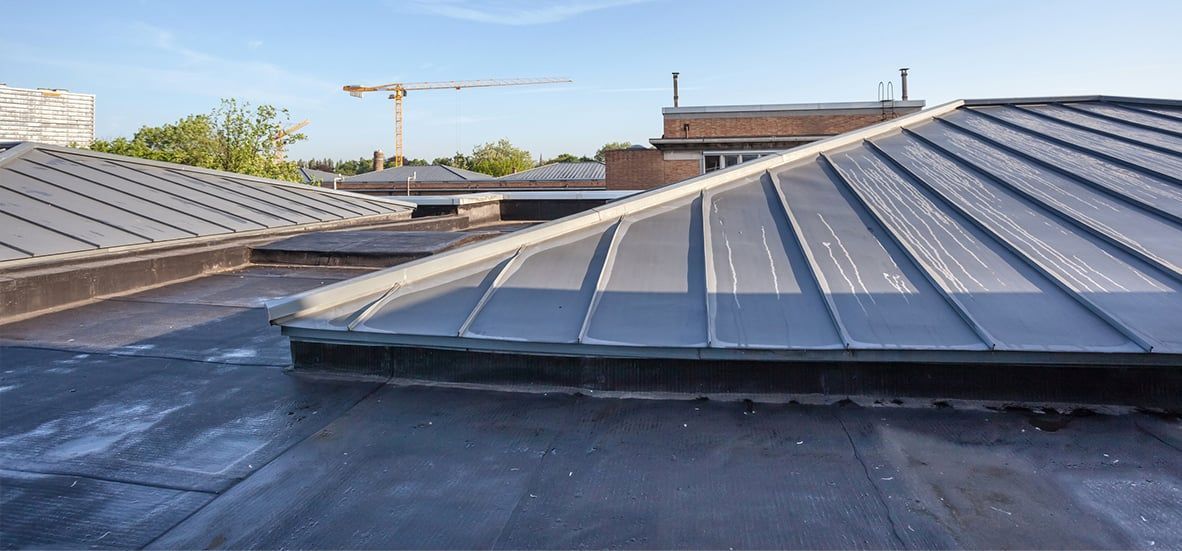
Can I Remove Algae on Roof Shingles?
You can remove algae from roof shingles with something as simple as a 50/50 mix of laundry bleach and water. The solution will work on asphalt and metal roofs.
There are proprietary roof cleaners if you're concerned about the harmful effects of bleach or other chemicals. We recommend you to take safety precautions before cleaning the algae from your shingles.
Here are some safety measures to protect you and your yard:
- Check the weather and wait for a calm, windless day to clean
- Spray plants closest to the house with cool water
- Cover the plants and nearby yard with tarps
- Both these steps protect from overspray and runoff
- Wear protective clothing and gear
- Long pants
- Long sleeve shirts
- Gloves
- Goggles
- Shoes with high-traction soles
Notify a family member or neighbor that you'll be on the roof in case something goes wrong. You may want to consider using a safety harness.
With over 20,000 people in the U.S. injuring themselves when they fall off ladders, the extra precaution won't hurt. Adhere to ladder safety rules whether you use a harness or not.
Use a garden sprayer to apply the 50/50 solution for the best coverage. Let it soak into the roof's surface for approximately 20 to 30 minutes. After 30 minutes, you can rinse the chemical off, but don't use a pressure washer.
Pressure washers are too powerful and may dislodge granules from the shingles. Catching the algae invasion early should mean this is all it takes to remove it.
However, more stubborn algae (or lichen and moss) may take more effort. You can use a brush to dislodge more stubborn plants. Don't scrub too hard, or you could brush away the shingle granules.
If there are still spots of lichen and moss, let the roof dry and spray it again. Wait 30 minutes and rinse the solution away. Consider cutting away overhanging tree branches so they don't drip water and block the sun.
Keep your roof clean by clearing away leaves and branches. These two tasks will make it harder for moisture and debris to encourage algae growth.
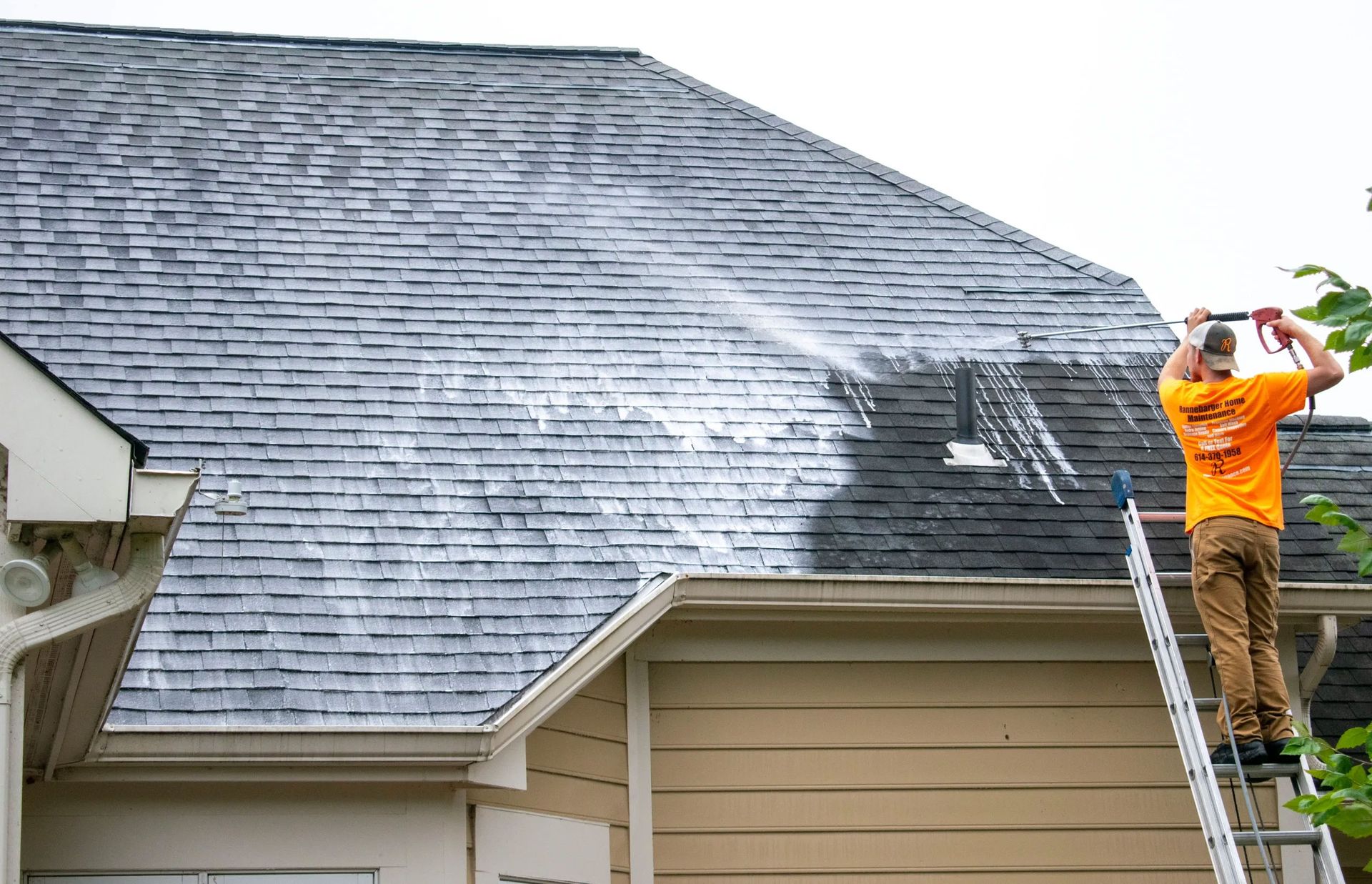
Is Roof Algae Affecting Your Home?
Having algae on roof shingles may not seem like a huge deal. But the aquatic plant can become devastating if you leave it for too long. Your home could suffer from shingle scarring and compromised roof integrity.
You can clean away algae before it ruins your roof. But what happens if you don't make it in time?
TruChoice Roofing can inspect and replace your asphalt or metal roof if you need a new one. Contact us today to receive a quote on your roofing home improvement project.
Schedule a completely FREE TruChoice 10-Point TruCheck Roof Inspection any time!
